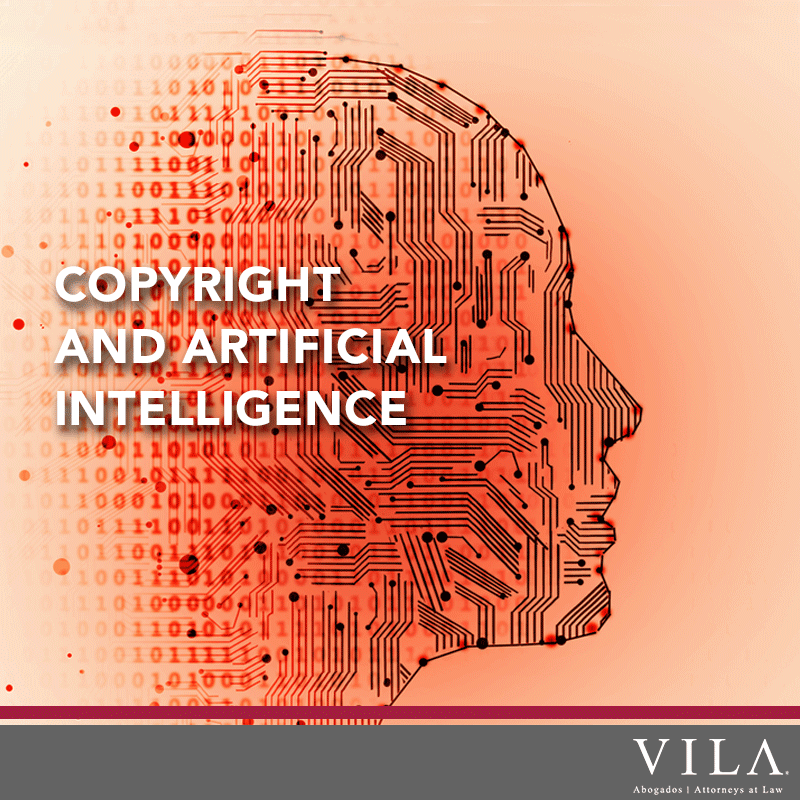
COPYRIGHT AND ARTIFICIAL INTELLIGENCE
The following research performed over Mexican and international copyright law, applicable judicial criteria, and international doctrine was done in order to determine if, in accordance to the existing legal framework, artistic works generated by artificial intelligence machines are subject to the protection offered by copyright.
For the purposes of this research, the concept of artificial intelligence is defined as a machine capable of performing activities generally considered as exclusive to people, by simulating human intelligence processes such as learning, reasoning, decision-making, and self-correction. Many recent examples worldwide show the capabilities of artificial intelligence machines, including in the field of creative activities, such as in the novel titled “MEXICA 20 AÑOS, 20 HISTORIAS” written mainly by an artificial intelligence machine or the recent use of these machines in the field sports journalism[1].
In the Mexican legal framework, the Mexican Copyright Law (LFDA)[2] incorporates in its Article 12 that the author of a literary or artistic work must be a natural person as one of the guiding principles of copyright in Mexico. The LFDA does not contemplate for the author of a work protected by copyright to be an independent, non-human author, such as an artificial intelligence machine or an animal. Likewise, works that lack an author are not protected under Mexican copyright law, since the intervention of a human author is necessary to create a protected work.
The articles contained in the LFDA represent almost identically what is established in the international treaties or foreign laws regarding copyright.
Regarding the Mexican High Courts, we were unable to find any judicial criteria that mentioned artificial intelligence machines or the copyright protection of works produced by non-human authors. However, it can be understood implicitly that the criteria currently held by the courts is that only a work of art made by a human author can be protected by copyright.
Currently, there are no cases held by any high court regarding the copyright of an artistic work produced by an artificial intelligence machine. However, the case of photographer David Slater[3] is relevant to this subject matter. The aforementioned photographer arranged for a group of macaques (animal species belonging to primates) to take several photographs or selfies back in 2011. Although the selfies were taken using cameras owned by David Slater and the photographer was the one who arranged the situation that indirectly produced the photographs, US authorities determined that any photograph taken by an animal are not subject for protection by copyright. This is based on the fact that the photographs were not taken by a human author and as such are not subject to protection. This case creates a precedent against the copyright protection of works generated by artificial intelligence machines, since they lack a human author.
In conclusion, it can be determined that, according to the legal framework that exists today, artistic works produced by artificial intelligence machines are not protected by copyright , mainly due to the lack of a human author. This means that these works can be exploited, reproduced and transformed freely, by any person. To consider the person who owns the artificial intelligence machine or the person who directly operates it as the author of the works produced would go against the very meaning of copyright legislation.
The adequate legal regulation of artificial intelligence machines and works produced by them will require a great legislative effort in the near future.
[1] https://www.techemergence.com/artificial-intelligence-in-sports/
[2] http://www.diputados.gob.mx/LeyesBiblio/pdf/122_130116.pdf
[3] https://www.theguardian.com/environment/2017/jul/12/monkey-selfie-macaque-copyright-court-david-slater
